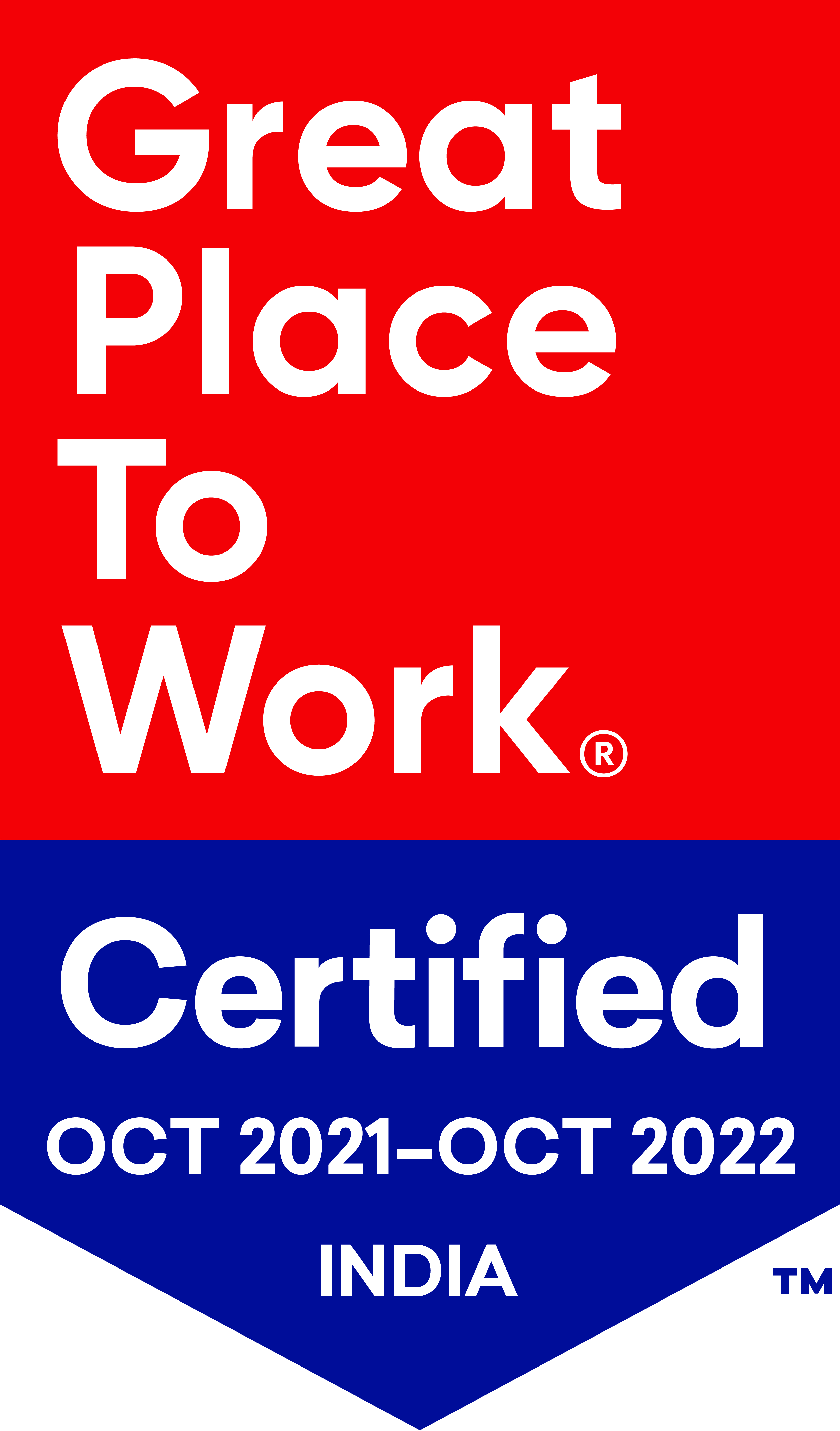The Pain of Being ‘the Other’: How Stigma Fuels HIV/AIDS among People Who Inject Drugs in India
Born in a poor family in a remote district of Haryana, Paul (name changed) learnt from childhood to be by himself. He was dragged to work at the age of 10. It was here, copying older boys, he got into the habit of smoking ganja (cannabis). Soon his peers influenced him enough to experiment with stronger substances like smack (a heroin derivative). As his cravings increased, he was soon hooked on injecting pharmaceutical drugs, unaware that sharing needles and syringes could make him vulnerable to HIV.
Paul’s story is shared by many people who inject drugs (PWID) in India. There are thousands in India, who feel helpless because drugs control their bodies and minds. Addiction compels them to keep ‘using’ despite horrendous physical and mental consequences and unaware of their increased risk for HIV. It is estimated that the HIV prevalence amongst 180,000 PWID in India is approximately 7.1%.
Their vulnerability is further fuelled by the fact that society perceives drug users as criminals and a threat to society. This makes it difficult for people who want to reach out to them to build rapport and trust. This demonization further fuel the HIV epidemic in the country.
PWIDs are often assumed to be HIV-positive and refused treatment when clinical care is needed. There have been many instances of PWID being denied services at public healthcare facilities and instead getting arrested and suffering police brutality.
“When I tested HIV-positive, hell broke on me. Going for treatment was scary as there was so much stigma attached with being a PWID,” recalls Paul.
Sensitization efforts by India HIV/AIDS Alliance’s Hridaya programme with healthcare facilities and psychosocial interventions with PWID have helped community members living with HIV avail stigma-free antiretroviral treatment. Hridaya follows a harm reduction approach, which – as the name suggests – aims to reduce the harm associated with injecting drug use, such as vulnerability to HIV and Hepatitis C infection, rather than trying to eliminate drug use per se.
“Thanks to Hridaya, I am now comfortable with myself, comfortable with the fact that I am positive,” says Paul.
This year the global theme of World AIDS Day is “Getting to Zero”: zero new infections; zero AIDS-related deaths; and zero discrimination. For the first two to happen, eliminating discrimination is essential. Building rapport with PWID and gaining their trust are essential in harm reduction programming and are the first steps towards getting to zero with PWID.
__________________________
The author of this post, Francis Joseph, is Programme Officer: Drug Use & Harm Reduction at India HIV/AIDS Alliance in New Delhi.
Spanning five countries (India, China, Indonesia, Kenya, and Malaysia), Community Action on Harm Reduction (CAHR) expands harm reduction services to more than 180,000 people who inject drugs (PWID), their partners and children. The programme protects and promotes the rights of these groups by fostering an enabling environment for HIV and harm reduction programming in these five countries. CAHR is supported by the Ministry of Foreign Affairs, Government of Netherlands.
In India, CAHR is called ‘Hridaya’ and is implemented by India HIV/AIDS Alliance in partnership with SASO, Sharan and a number of community-based harm reduction organisations and networks. This programme helps build the capacity of service providers, makes harm reduction programmes more gender-responsive, improves access to services and advocates for the rights of PWIDs. In addition to providing services, Hridaya has a strong capacity building component to support advocacy, knowledge management and improved services for PWIDs.
This blog was published on The Alternative on 2nd December 2013.
Other Recent Articles
- The COVID-19 pandemic through a transgender person’s lens 20 May, 2021
- The first-ever National Transgender Summit reaffirmed the rights of the transgender community 16 April, 2021
- Our Reflection on World Health Day 2021 7 April, 2021
- Vihaan Care and Support Programme Review Meeting 6 April, 2021
- Never too late to save one more life 25 March, 2021
- Ensuring ART adherence among the discordant couple 12 January, 2021
- Providing counselling and support to decrease loss-to-follow-up among PLHIV receiving ART 29 December, 2020
- Human Rights & Faith for People Who Use Drugs in Times of Pandemic 21 December, 2020
- Walking the talk: Making services community-led in India’s HIV response 21 December, 2020
- Press Release: The Launch of Faith For Harm Reduction Manual 19 December, 2020
- Made by Nicdark - Copyright 2020
- donations@ong.com
- volunteers@ong.com
- contact@ong.com
India HIV/AIDS Alliance
A not-for-profit Section 8 Company with Registration No: U85310DL1999NPL098570
Contact
-
6, Community Centre
Zamrudpur Kailash Colony Extension
New Delhi – 110048 - +91-11-4536-7700
Download
Quick links
©2021 All Rights Reserved by Alliance India




Leave a Reply